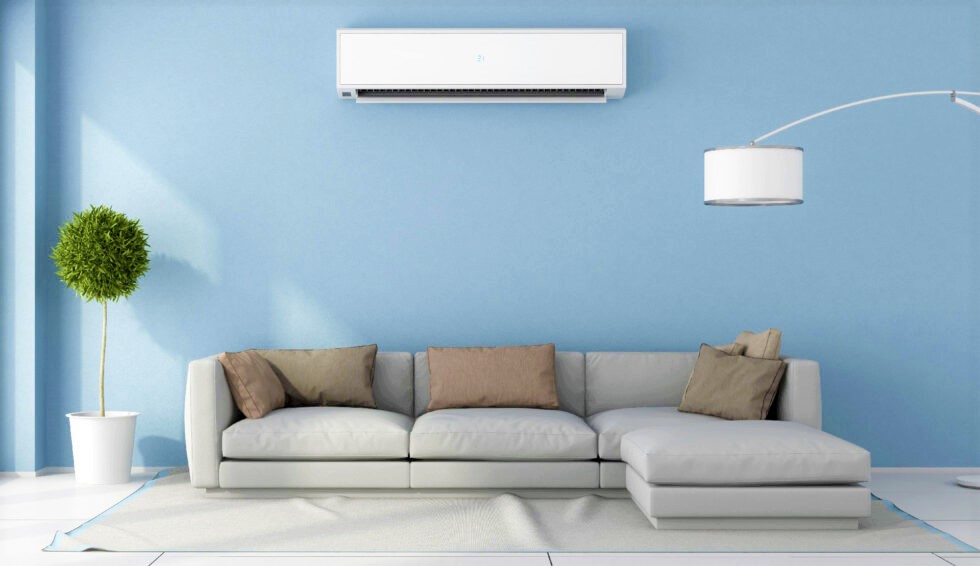Choosing the right air conditioning unit for your home is an essential part of keeping your family cool and comfortable. This article will guide you through the process and help you make the best choice for your needs.
Before you can choose an air conditioner, you need to determine the size of your home and calculate your BTU needs. This is a simple process, but one that should be done with professional guidance.

Size
The size of your air conditioner can make a big difference in how comfortable you are inside. There are several factors to consider when determining the proper size for your Cheyenne home, including your area’s unique climate, humidity levels, number of windows and their location, ceiling and wall insulation, how many people live in the house and a slew of other variables. The best way to get an accurate answer is to have a qualified professional take a look. Our air conditioning specialists are experts at their craft and will help you find the perfect fit for your home and your budget.
Choosing the right size air conditioning unit is not as hard as it sounds, all you have to do is a little research and a few questions from one of our experts to find the best one for you. The biggest challenge is to find the correct sized AC that will provide you with the best cooling and heating efficiency without breaking the bank or your back.
Noise
If you want to have a quiet home and stay healthy, it’s important to make sure that the noise level is as low as possible. This is especially true if you live in an area with high noise levels such as a large city.
To determine the noise level of a room, a sound meter can be used to measure the dB (decibels) reading. The dB measurement is based on a logarithmic scale.
It can be difficult to use the dB level if there is a large difference between two sounds. However, if the dB levels of the two sounds are 90 and 93 dB, they can be added to produce a noise level of 180 dB using the same rules as in Table 4.
Rattles, screeching or silence all indicate that something is not working properly. This can be as simple as a loose bolt or screw or as serious as a worn fan motor.
Energy
With the changing seasons, it’s important to keep your home comfortable despite extreme weather occurrences. As air conditioning accounts for about half of the energy used in your home, it’s also important to make sure that your unit is running at its optimum efficiency.
Fortunately, there are some simple things that you can do to reduce the amount of electricity your AC unit uses. For instance, regulating your thermostat to 68 degrees for the furnace and 78 degrees for your air conditioner can save you up to three to five percent in energy costs each month!
In addition, you can use a programmable thermostat to automatically adjust the temperature based on your schedule. If you need a little extra help managing your utility costs, consider upgrading to a smart thermostat that’s Wi-Fi enabled and can be controlled from anywhere. You can also choose a unit with features such as 24-hour on/off timers, sleep modes and filter cleaning reminders to ensure your home stays cool while keeping your utility bills under control.
Maintenance
The air conditioning system is a major part of your home’s comfort. A well-maintained system will provide long-term performance and reliability.
Maintaining an air conditioning unit is similar to keeping a car running; you need to change the oil, clean it, inspect it and replace parts as necessary. Without regular maintenance, a system may develop major problems that can cost a lot of money to repair.
This can cause a significant impact on your energy bills, especially if the system is used frequently. However, you can avoid these problems by scheduling routine maintenance at least once a year.
CMMS systems help to automate maintenance tasks and increase productivity by assigning team members specific work assignments, tracking inventory and storing location data of spare parts. They also allow maintenance managers to easily reassign responsibilities when an employee is sick or out of the office. This can save valuable time and reduce the risk of downtime